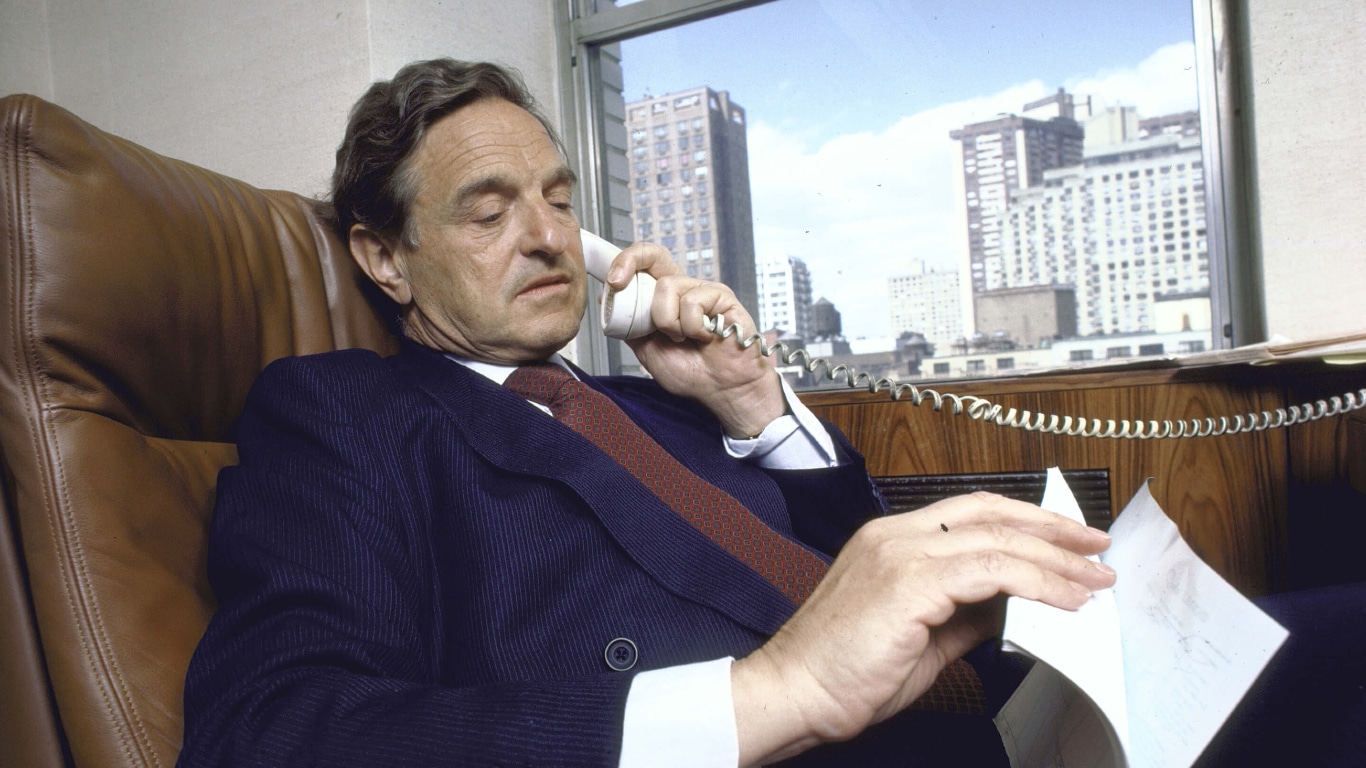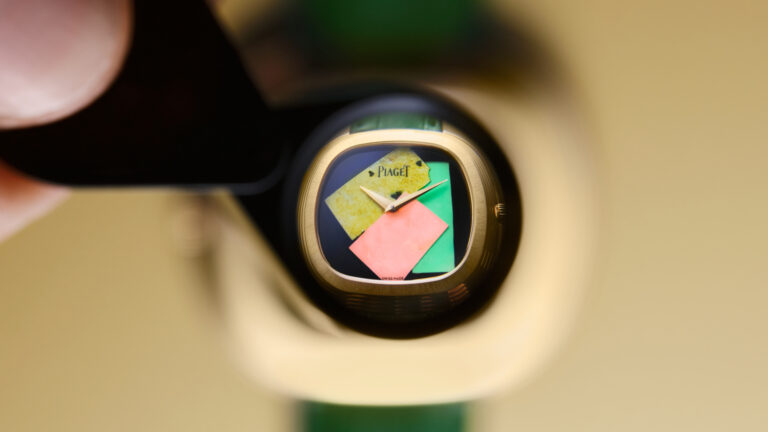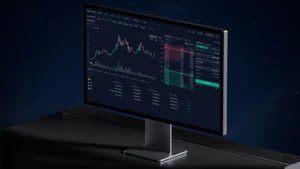Just for perspective on how much a billion is: one million seconds is 11.5 days, one billion seconds is 32 years.
George Soros’s net worth currently sits at $26 billion (July 2015) according to Forbes magazine and is one of the world’s most famous and wealthiest hedge fund managers (2020 update: George Soros has a revised net worth of $8.6 billion after donating $32 billion to the Open Society Foundations).
He became a household name when he sold over $10 Billion worth of British pounds in September 1992. After the pound fell 10% in value, he made profits exceeding $1 Billion for himself and was referred to as ‘the man who broke the Bank of England’.
The trade idea was simple: sell pounds when they are at a higher price, buy them back when the price drops. In finance this is known as a ‘short’ – in which one stands to make money when the price falls.
A young Soros escaped Nazi occupied Hungary and immigrated to England after World War II. He attended the London School of Economics before moving to Wall Street, eventually established his Quantum Fund that allowed him to trade a pool of money provided by investors.
Leading up to 1992, the British pound was fixed to the Deutsche mark at a rate of 2.7 marks per pound. A fixed exchange rate is determined by the government and isn’t allowed to change, as opposed to a ‘floating’ exchange rate that is determined by buyers and sellers (e.g. Australian dollar).
Despite fixed exchange rates, the two countries were very different economically. Britain’s economy was strained by the global recession and unemployment was high.
Many traders speculated that the central bank – the Bank of England would be able to keep the pound at 2.7 German marks and hence remain fixed. This was because the pound was backed by the stellar credit rating of the powerful British government.
Sitting in his Manhattan office, Soros believed the opposite. He believed that the pound has to devalue and has been secretly stocking ammo the month prior – in the form of selling $1.5 billion pounds. Soros was working on the trade of a lifetime.
On the morning of 15th September 1992, as Europe slept, a busy Soros increased his trade size to over $10 billion. In his own words, he wanted to “Go for the jugular”. Other funds caught news of this pound selling and jumped on the bandwagon.
“Our total position by Black Wednesday had to be worth almost $10 billion. We planned to sell more than that. In fact, when Norman Lamont (the British finance minister) said just before the devaluation that he would borrow nearly $15 billion to defend sterling, we were amused because that was about how much we wanted to sell.” – George Soros
By the time London woke up and markets opened, this gigantic selling momentum resulted in a massive weakening of the pound. This meant the UK’s exchange rate was nearly falling below the central bank’s target level.
The following day – known in history as ‘Black Wednesday’ – the Bank of England started buying large amounts of pounds to defend the currency. British officials first responded by buying $1 billion pounds at 8:40 AM.
The purchase had no effect on the price of the pound, because now the whole world was selling.
By 11 AM, the Bank of England increased interest rates from 10% to 12% to further defend the pound (higher interest rates attract investors to buy the currency). This again, did absolutely nothing.
By mid-afternoon, the central bank fought back again by increasing rates to 15% to stem the fall of the currency.
Again, this did nothing. As Sebastian Mallaby later documents in his book ‘More Money Than God’:
“At their desks on the other side of the Atlantic, Druckenmiller and Soros saw the rate hikes as an act of desperation by a dying man. They were a signal that the end was nigh–and that it was time for one last push to sell the life out of the British currency.”
At 7:30 PM that night, British Government officials announced that Britain would be no longer defending the fix, giving up on supporting the value of the pound and thus floating its currency on the market. The pound fell sharply.
In just one day, this was the story of how George Soros made $1 billion in profits while bankrupting the Bank of England. This event cost the British Government over $3 billion and saw a massive transfer of wealth from the British tax payers to Soros and his hedge fund.
Note: Following the Black Wednesday Crisis, the UK economy prospered. A flexible exchange rate and a floating, weaker pound led to less unemployment, decline in inflation, increase in export, and strong GDP growth almost all the way until the GFC.











![Are You Still Watching Soon You Won't Have A Choice [Netflix x Warner Bros]](https://www.bosshunting.com.au/wp-content/uploads/2025/12/Are-You-Still-Watching-Soon-You-Wont-Have-A-Choice-Netflix-x-Warner-Bros-300x169.jpg)
![This Ex-Ballerina Just Became The Youngest Self-Made Female Billionaire [Kalshi Luana Lopes Lara Net Worth]](https://www.bosshunting.com.au/wp-content/uploads/2025/12/This-Ex-Ballerina-Just-Became-The-Youngest-Self-Made-Female-Billionaire-300x169.jpg)


